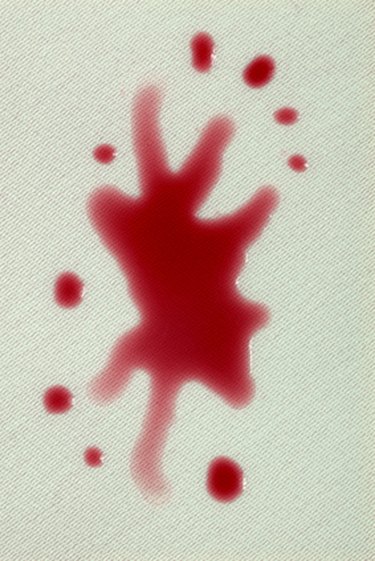
Ink stains are difficult to remove, but paint thinner could be the solution. Before applying, it´s important to identify the type of ink stain, chemical being used, as well as the surface to be treated.
Paint Thinner Dangers
Video of the Day
Modern paint thinners are either turpentine, acetone or toluene based. Acetone-based thinners are the least dangerous to handle. When using any chemical, caution should be exercised; gloves should be worn, and the product should be applied in a well-ventilated area.
Video of the Day
When It Works
Paint thinner can be safely used on non-porous surfaces, as well as untreated wood. Ink stamps on lumber can be removed by pouring thinner onto the surface, allowing it to set, followed by a light sanding. Thinners may also work on laminate surfaces, but experts recommend testing the finish first.
When It Doesn´t
Paint thinner is not recommended for stains on any fabric, porous material or human hands. Instead, a pre-treatment of detergent, followed by a wash in hot water is the best method for clothing. Lemon juice or rubbing alcohol is a safer way to remove stains on skin.